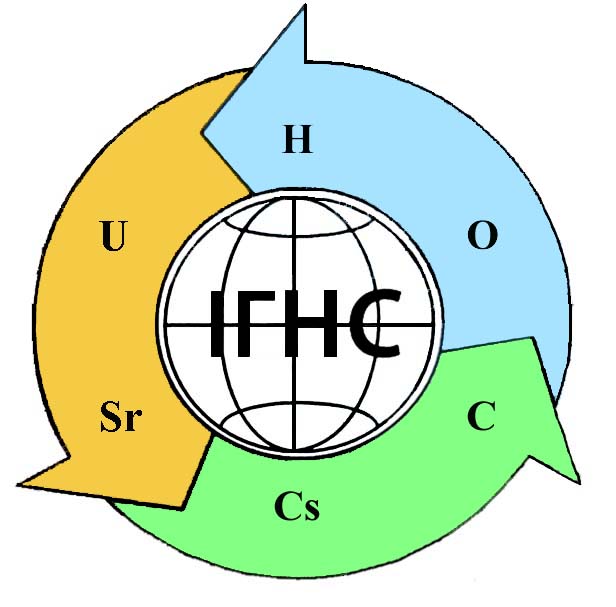TRANSFORMATION OF KEROSENE IN SOIL UNDER THE ACTION OF SOIL MICROORGANISMS
Keywords:
soil, kerosene, micromycetes, indicators, oil pollution, petroleum hydrocarbons.Abstract
The paper discusses the impact of oil pollution on the transformation of hydrocarbons of kerosene. Soils contaminated with jet fuel at the oil depot area the airport "Borispol" were studied. Samples of soil from surface areas and from a depth of 4m in polluted and unpolluted sites were gathered. It is shown that filtering of kerosene is accompanied by a deterioration of its quality, which is due to the partial introduction of oxygen into the aliphatic hydrocarbon chain. Simultaneously, the mycological composition of the soil changes. Under the effect of kerosene contamination, the amount and composition of micromycetes changes. The degree of oil pollution of soils can be estimated by the number of dark-colored micromycetes melaninogenica Aternaria tenuissima, Cladosporium sp., who can act as indicators of oil pollution. As a result of soil contamination of oil depot "Borispol" with kerosene, a change in the size and structure of the soil microbiota occurs. In case of high initial degree of contamination decrease in the number of all groups of micromycetes was observed. In the future, probably, it is possible to recover community composition similar to that of the original (species Fusarium sp.).
References
Огняник Н. С., Парамонова Н. К., Брикс А. Л. Эколого- гидрологический мониторинг территорий загрязнения геологической среды легкими нефтепродуктами.- K:LAT&K.-2013.-254 c.
Огняник Н. С., Парамонова Н. К., Брикс А. Л., Пашковский И. С., Коннов Д. В. Основы изучения загрязнения геологической среды легкими нефтепродуктами.- К.:[А.П.Н.], 2006.- 278 с.: ил.- Тит. л., аннот. парал. англ.
Гасанов К. С., Абдуллаев Ф. З., Гасанов В. Г., Исмаилов Н. М. К вопросу нарушения нефтью почвенной экологии // Жур. хим. проблем. – 2003. – № 1. – С. 80–85.
Пиковский Ю. И., Солнцева Н. П. Геохимическая трансформация дерново-подзолистых почв под влиянием потока нефти // Техногенный поток веществ в ландшафтах и состояние экосистем. М., 1981.
Кириленко Т. С. Атлас родов почвенных грибов, Киев:, Наукова думка, 1977, 248 с.
Пидопличко Н. М. Пеницилины, Киев: Наукова думка, 1972, 152с.
Natanabe T. Pictoral atlas of soil and seed fungi. Morphologies and cultured fungi and species – Florigia, 2000, 411p.
Зеленько Ю.В., Плахотник В.Н. Кинетика миграции дизельного топлива через грунты во время технологических проливов и транспортных аварий / // Вісник ДНУЗТ . - Дніпропетровськ, 2004. - Вип. 3. - С. 30-33.
Мименко А. К. Регулирование биологической активности дерново–подзолистых почв// автореф.дисс.док. биол. наук – Москва, ТХСА, 1991- 41с.
Коваль Э. Е. Микодеструкторы промышленных материалов – Киев, Наукова Думка, 1989, 192с.
Восстановление нефтезагрязненных почвенных экосистем. Под ред. М.А. Глазковской // Москва, - 1983. – 350 с.
Стригалева И .В., Шманова Н. И., Шакс И. А. и др. Преобразование нефтей микроорганизмами / - Труды ВНИГРИ, М.,1970, вып. 281, с. 1-286.
Feist C.F., Hegeman G.D. Phenol and benzoate metabolism by Pseudomonas putida of tangential pathways // Journal of Bacteriology. - 1969. - Vol. 100. - P. 869-877
Успехи микробиологии под редакцией Имшеницкого.А.А.– М.: «Наука», 1968а Т. 5. – 165 с.
Лысак В. В. Микробиология. Минск: БГУ, 2007. 426 с.









